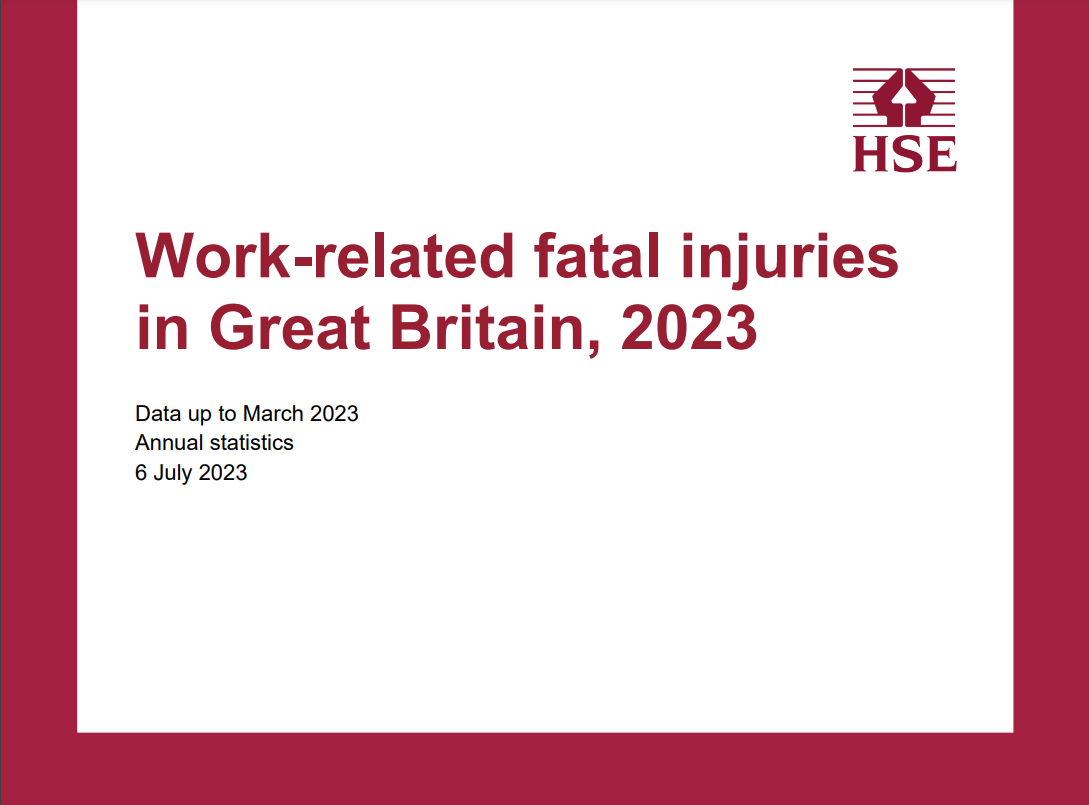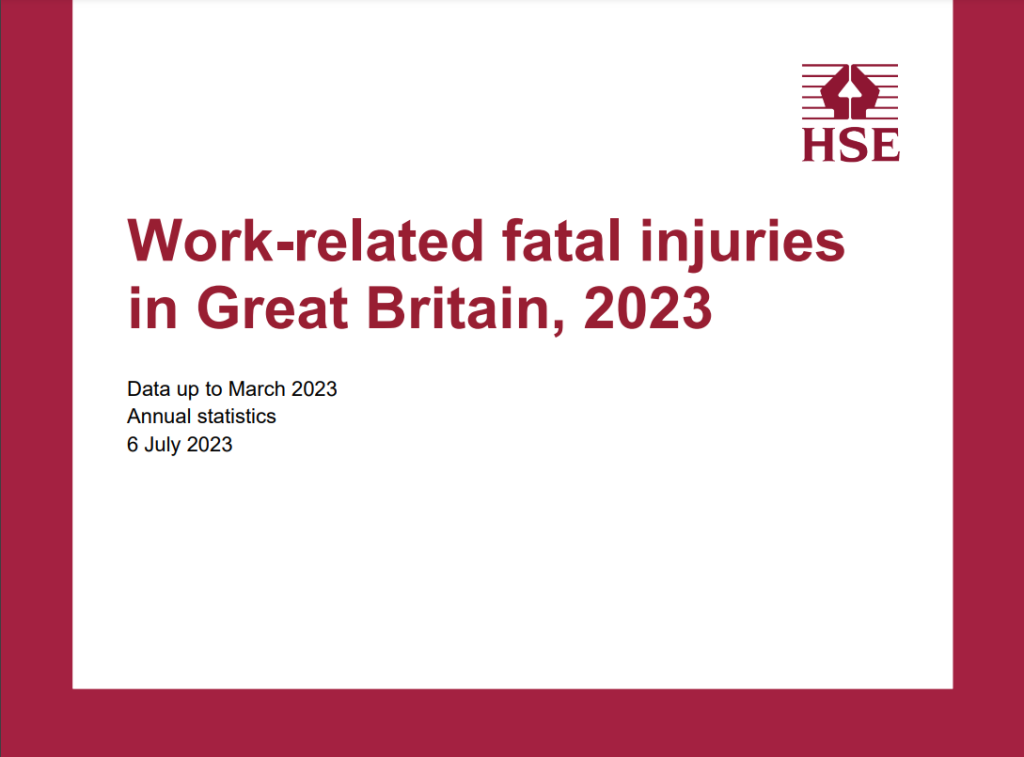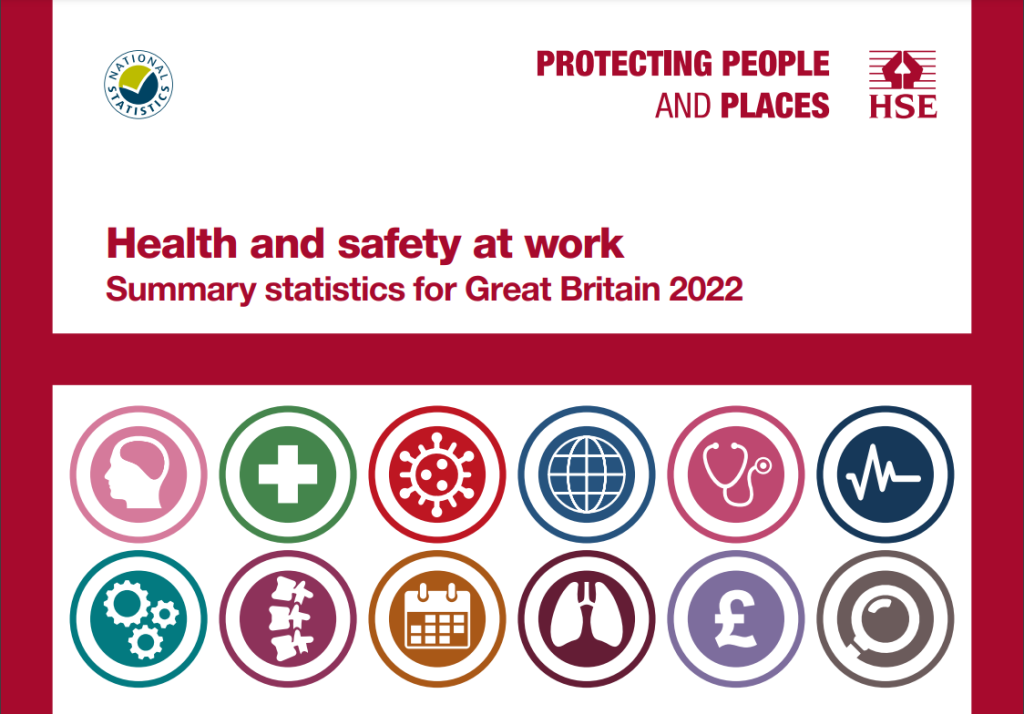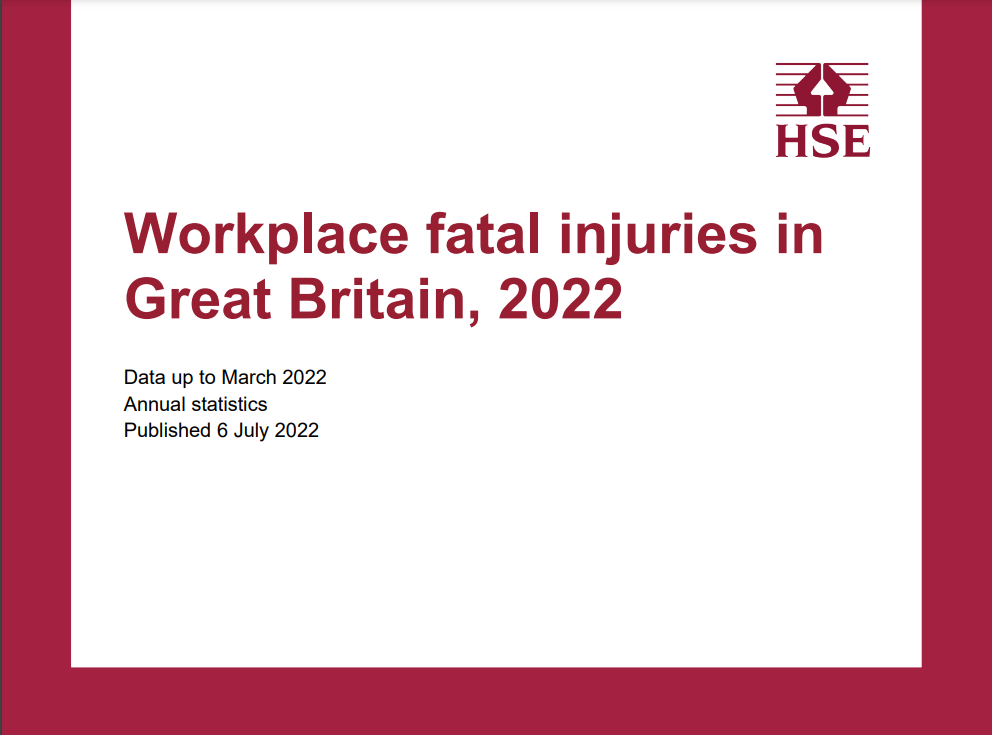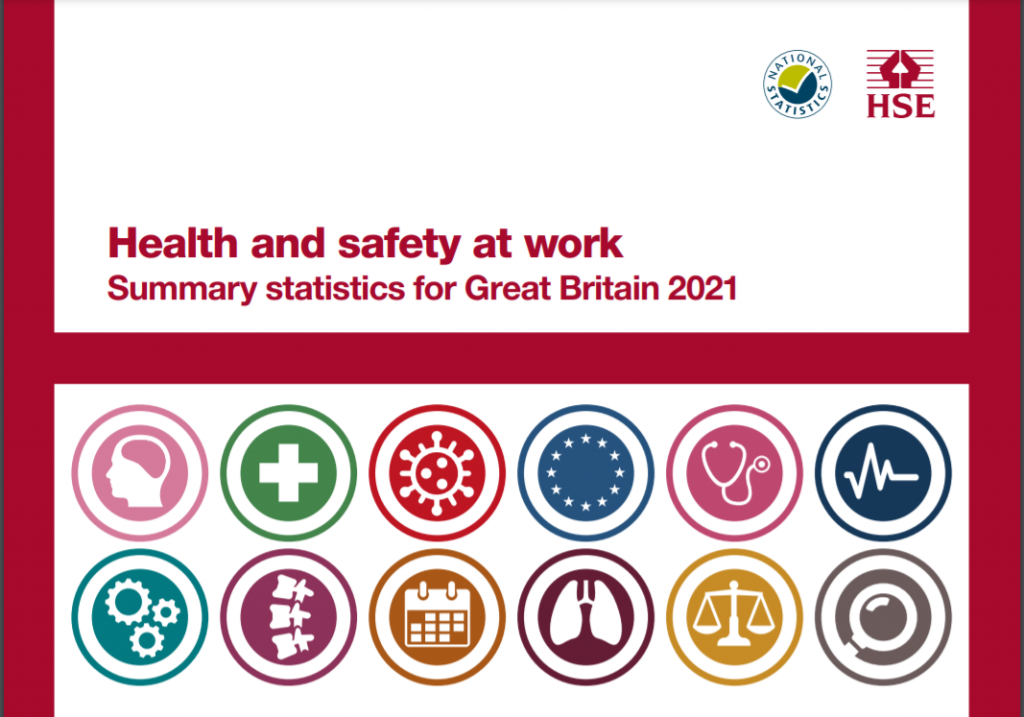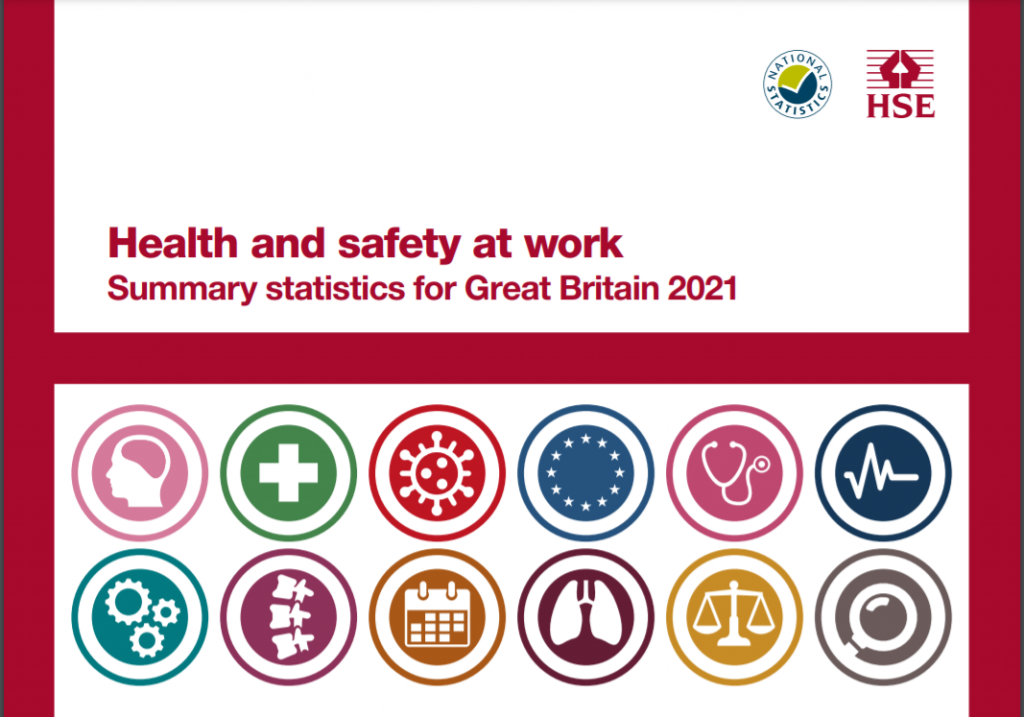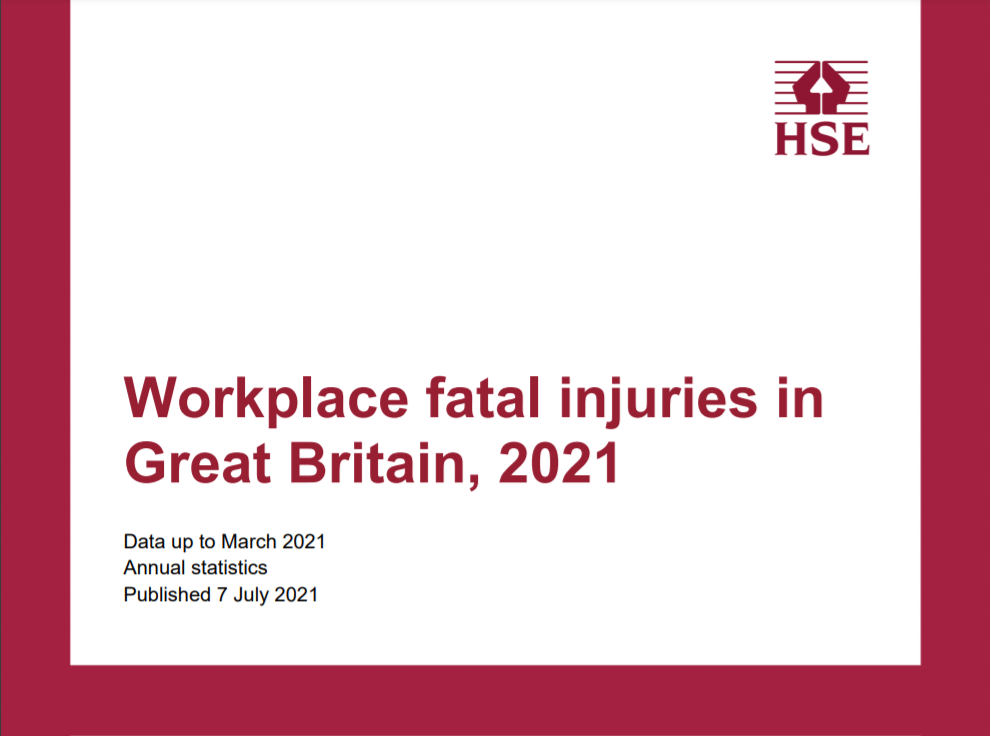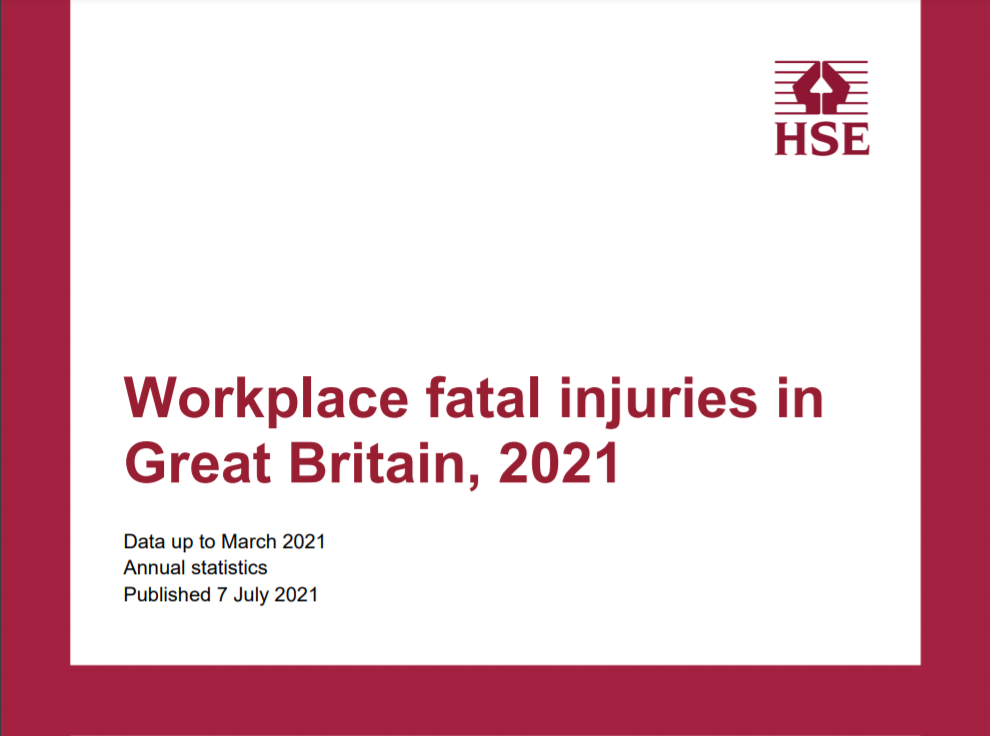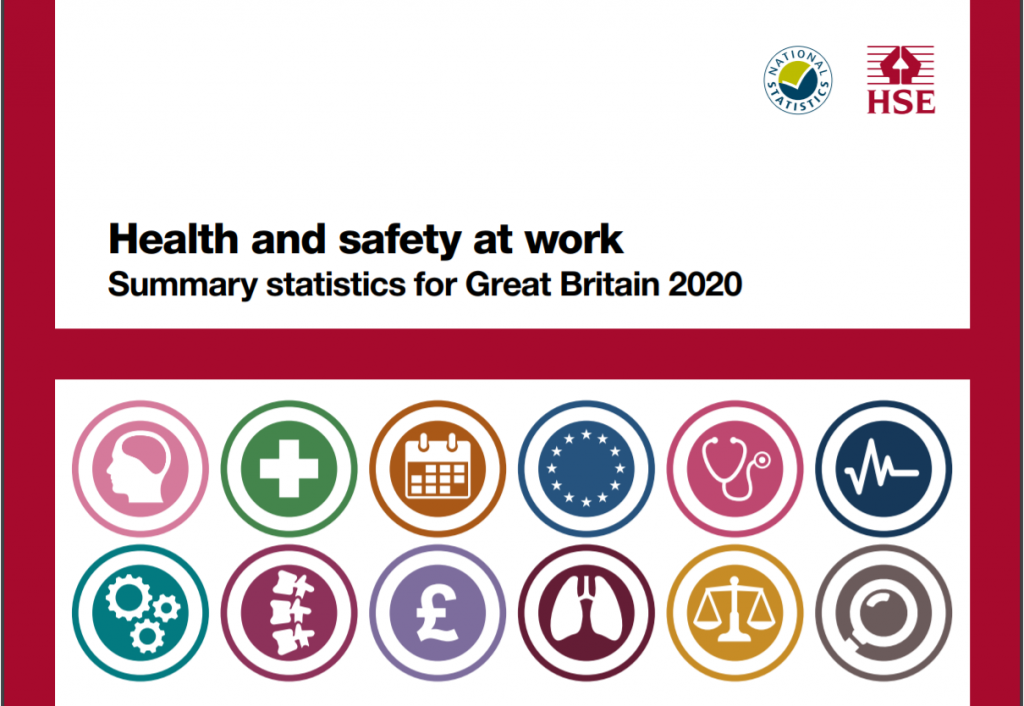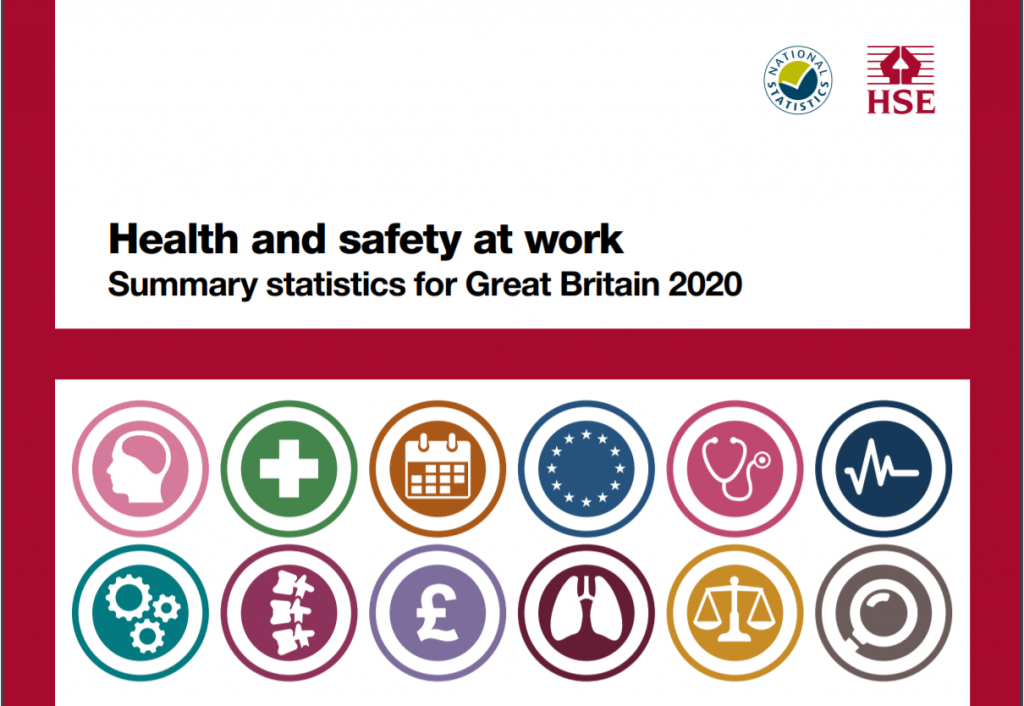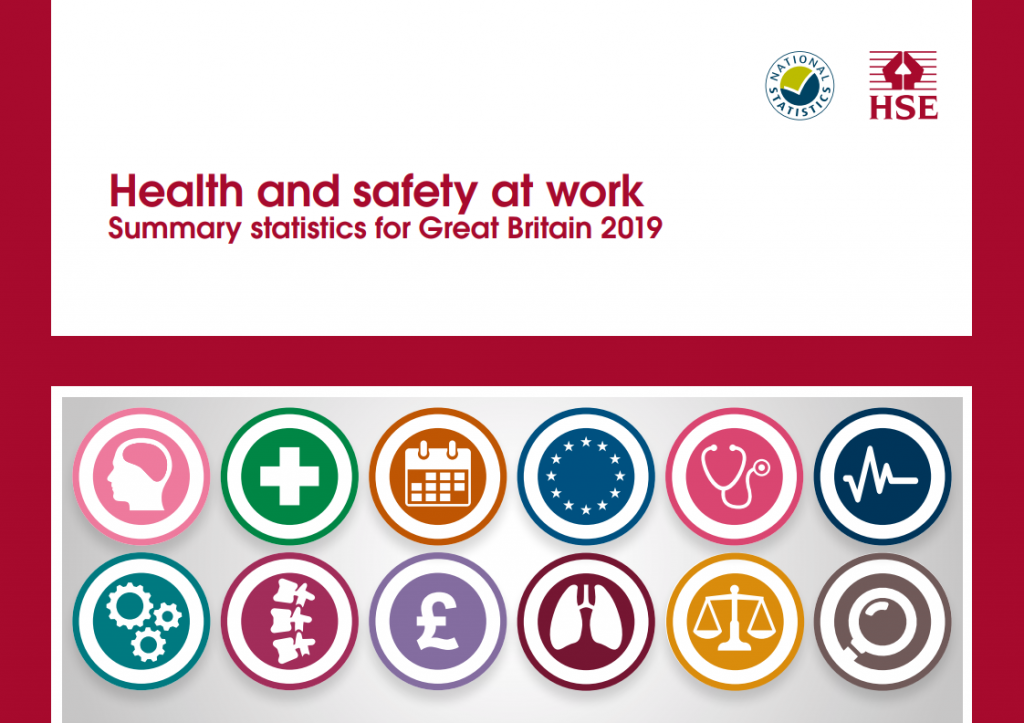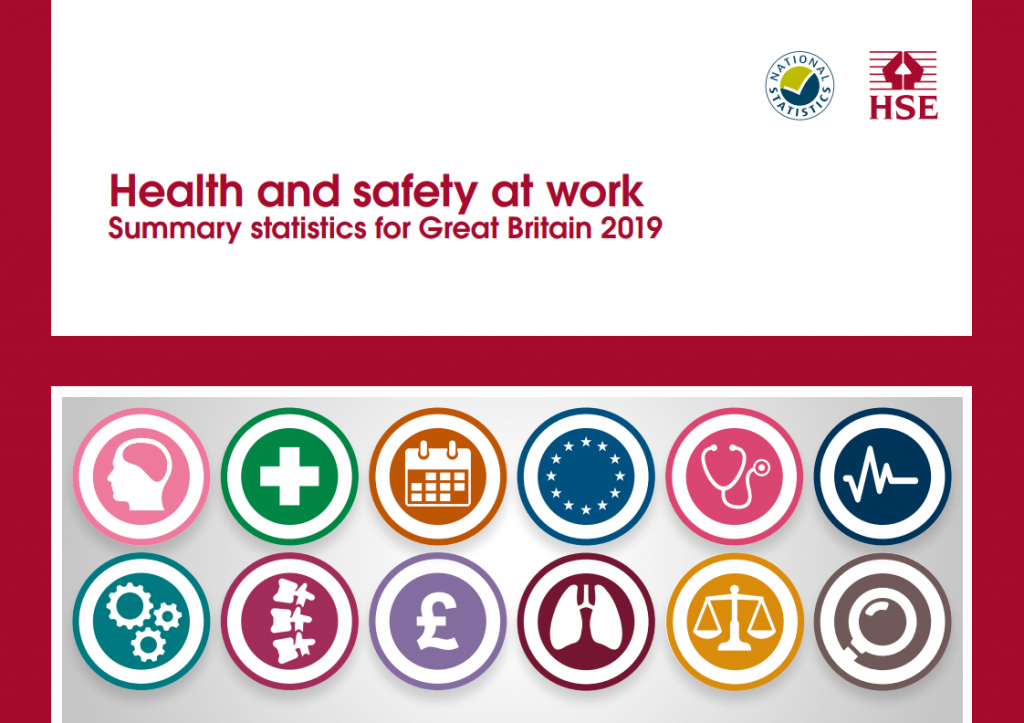Working at height can be extremely dangerous when not safely monitored and according to the HSE there are over 40,000 injuries in the UK every year. So today we will cover 7 crucial tips to ensure you follow safe practices when working at height, covering everything from equipment to common mistakes.
1. Assess the risks
When working at height it is crucial to assess the task(s) at hand and ensure that it is safe to proceed before putting yourself at any risk. This may not have to be a formal assessment if your workplace has a valid assessment in place. The key things to check in your assessment are:
– The height of the task – how much risk does that place on the job?
– The duration and frequency of the job – if it is a long task consider breaking it up into manageable chunks. And if it is a frequent job consider a more thorough assessment.
– The condition of the equipment and surfaces – ensure you have the necessary equipment in good condition and the surfaces you will be working on are safe and dry to avoid slips.

2. Is it the appropriate time?
To reduce the risk of working with height consider if there is a better time to complete the tasks and if possible, can the job be avoided with a workaround from the ground? If the task is necessary, then take into account the factors that increase the risk.
This could be the training of the person carrying out the job, is there someone more experienced? Or the weather conditions and time of day, is there a quieter time of day or lower-risk conditions to work in?
3. Have you got the correct training?
Training and knowledge are crucial elements in keeping safe when working at height, so ensure that you have the appropriate training before putting yourself at risk. Training can be given in many forms, from direct 1 on 1 training to online training, depending on your needs.
Make sure you are trained well and have covered the relevant topics for the tasks you may encounter, some key topics include:
– The use of ladders
– Selecting and using the correct equipment/PPE
– Using MEWP’s (Mobile Elevator Working Platforms)
– Responsibilities when working at height
– The laws and regulations

4. Using the correct equipment
Ensuring the correct preventative measures are in place is crucial to minimizing the risks. This involves ensuring the correct CPE (Collective Protective Equipment) is in place and the appropriate PPE (Personal Protective Equipment) is used when necessary.
Some common examples of CPE include guard rails, scaffolding, and scissor lifts. Common examples of PPE include safety harnesses, a helmet and safety restraints.
Not only is having the correct equipment and knowing how to use it safely crucial, but it is also important that it is all in good condition. Making regular equipment checks vital to safe working procedures.

5. Safety on Ladders
Ladders are often thought of as the go-to equipment when working at height due to their simple appearance. However, the risks they can carry are often underestimated, as they have been reported to be responsible for up to 40% of the injuries caused by falls from height.
So, despite their ‘simple to use’ appearance make sure you know how to use them correctly, here are some key mistakes to avoid:
– Don’t rest them on weak surfaces
– Don’t place them near anything that could push the ladder, such as windows and doors.
– Place them on flat and level ground, ensuring that the ground is dry.
– Ensure that the ladder is roughly placed at a 75-degree angle, this increases its stability.
6. Do’s and don’ts when working with height
Within any field, it is important to know the ins and outs of what you should and shouldn’t do, so here are some quickfire points to make sure you keep safe when working at height:
Do:
– Keep 3 points of contact on the ladder and don’t overreach on them.
– Ensure you aren’t at the very top, as this will make the ladder unstable.
– Check your equipment before use
Don’t:
– Overload the ladder or equipment you are using
– Overreach or lean over any railings/ladders
– Use ladders/equipment without training

7. Review your processes
Even if you don’t frequently work from height, a simple review of your processes can be beneficial to decrease the likelihood of injury through falls. This can be formal or on the fly, but for more frequent use it is important to review your processes regularly.
As part of your review, you need to consider if the processes you currently follow are still appropriate and compliant with the law. For example, if you have recently changed part of your environment or the factors are weather-dependent, make sure you have the correct PPE/CPE available if necessary and in good condition. Or if you don’t currently use anything more than a ladder, review if another machine may be more suitable and safer, such as a scissor lift. It’s also important to take training into account within these reviews.
References
HSE (2023) ‘Falls From Height’. Available at: https://www.hse.gov.uk/food/falls.htm (Accessed: 9/2/24)
HSE (2023) ‘Health and Safety Summary Statistics 2022/2023’. Available at: https://www.hse.gov.uk/statistics/overview.htm (Accessed: 9/2/24)




